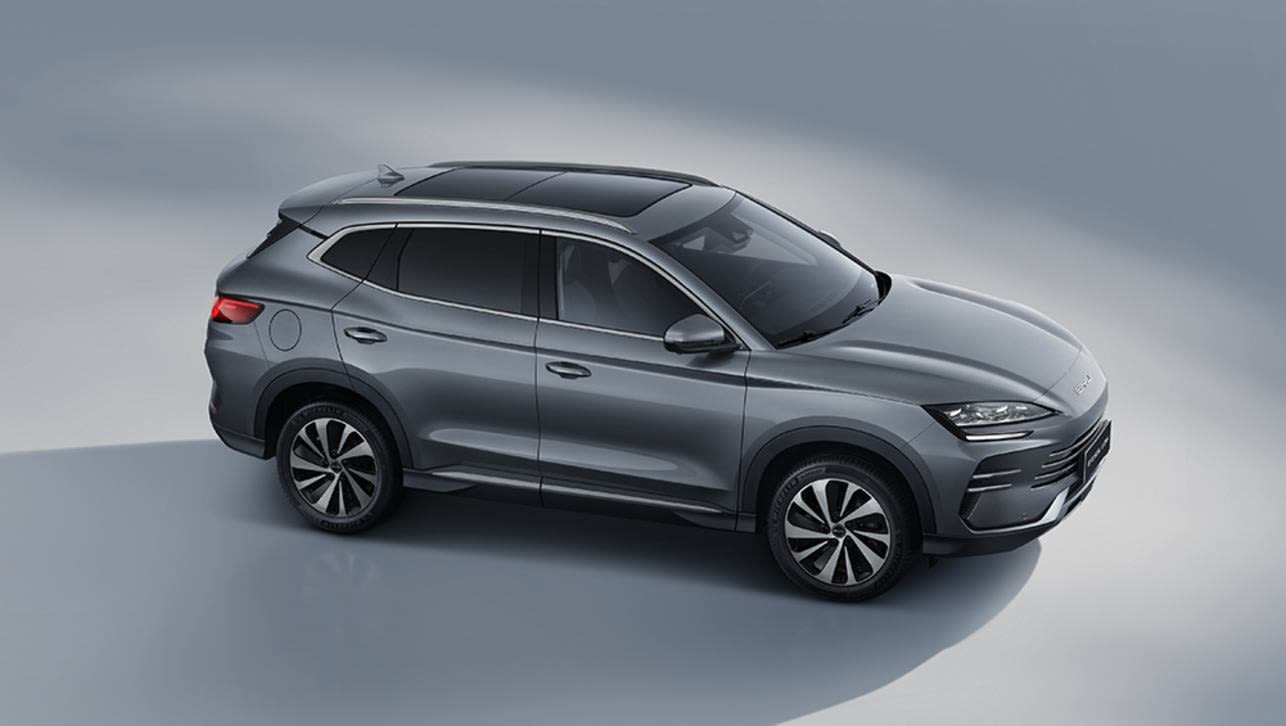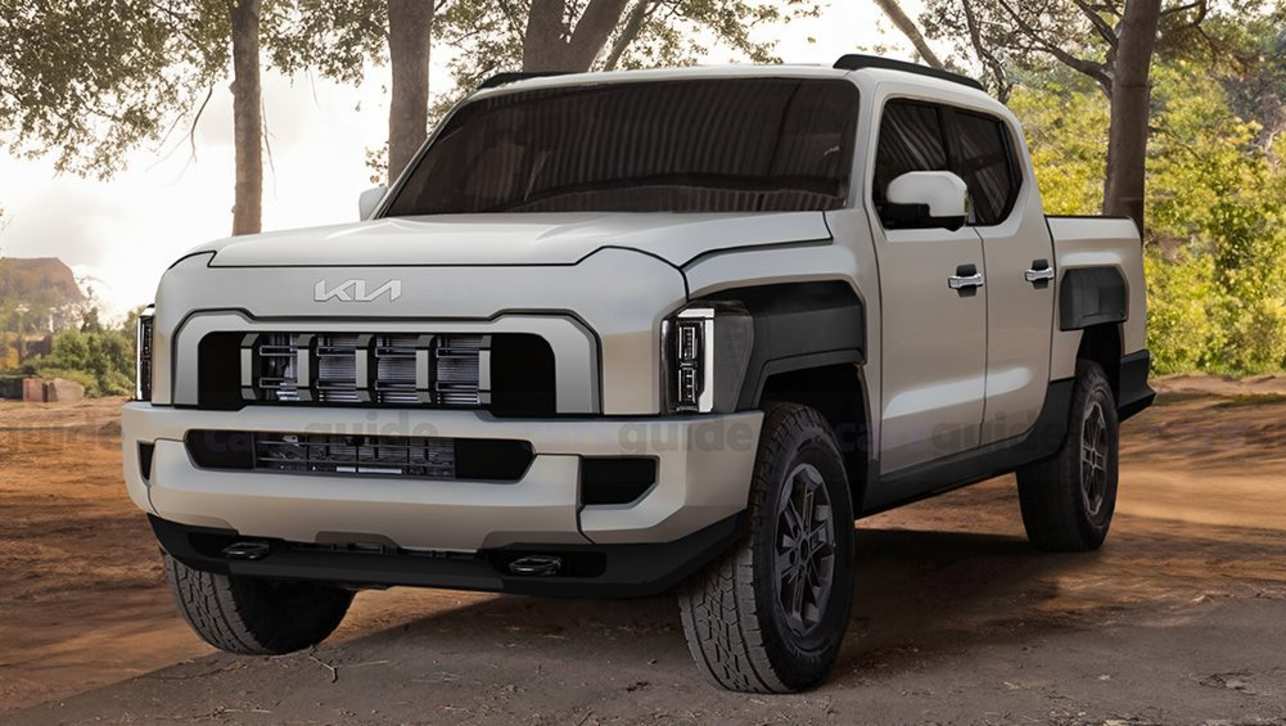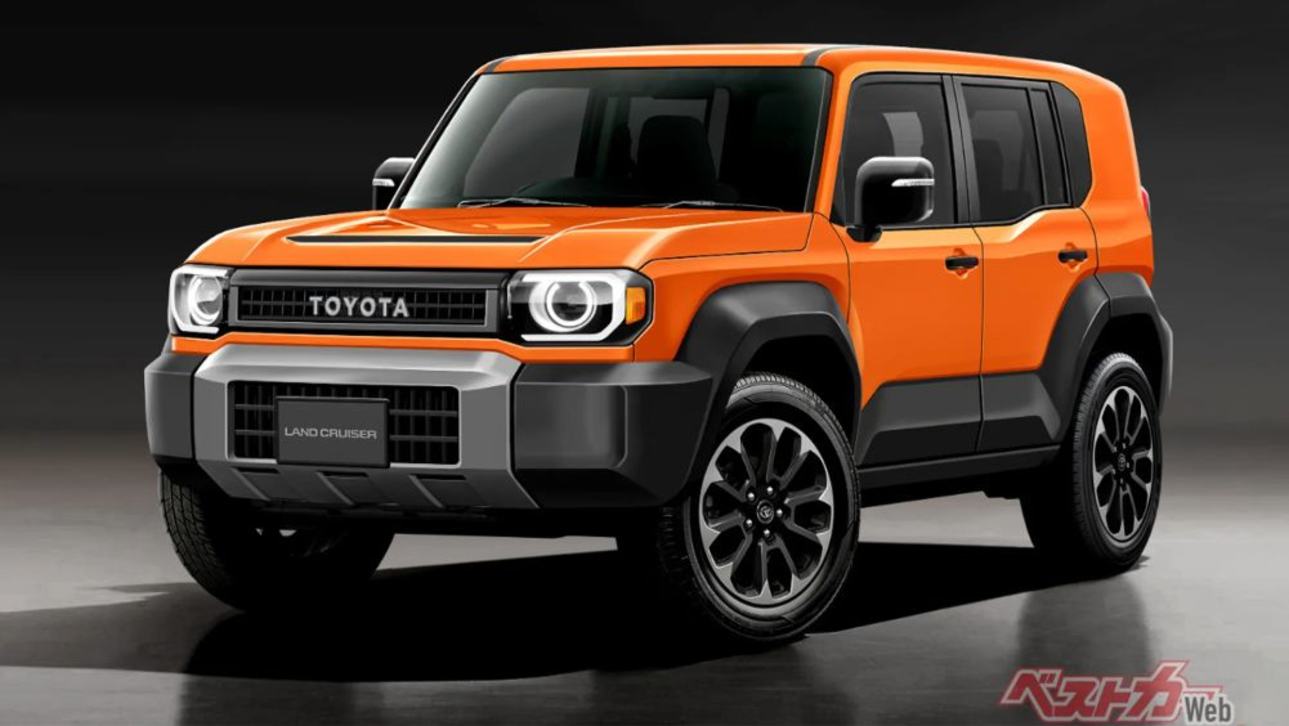Australia is regarded as one of the world’s most sophisticated and mature vehicle markets. We’re right up there with the richest.
Consumers demand top-shelf safety, handling, performance, quality and technology. So much so, in fact, that some models are discontinued earlier here than in other countries.
Even popular ones get the chop if they don’t or can’t meet buyers’ lofty standards, and not to mention stringent state and federal legislation.
Welcome, then, to the list of cars, utes and SUVs that might surprise you to learn are still offered in other regions. And some are so old that you’ll be astounded they still exist.
They still very occasionally do make them like they used to, after all!
Toyota FJ Cruiser (2011-2017)
.png)
Australian Toyota fans had to wait six years before the FJ Cruiser arrived locally in 2011, so it’s a double slap-in-the-face for them to learn that the very same model is still being sold new in several markets globally, including in South America, Africa and the Middle East.
The FJ Cruiser was withdrawn from Australia in 2017, though it continues to be sold elsewhere.
Why not here? Given it is based on the early 2000s Toyota Prado, the retro-style 4x4 has fallen behind the company’s latest SUVs in terms of safety, refinement, economy and technology. Retro in more than merely name. Still, there’s a bunch of Toyota fans who would gladly trade these for the tough charm that makes used FJ Cruisers valuable commodities nowadays.
Toyota Corolla Sedan (2013-2019)
.png)
Now that the cheapest new Corolla will set you back almost $30,000 once it’s put on the road in Australia, it’s no shock to learn that in other markets, the previous-generation E170 sedan is still manufactured in Pakistan, South Africa and China, and sold alongside the considerably improved (but far more expensive) current E210 version.
That’s the cents and sensibility Toyota is famous for.
Nissan N17 Almera (2012-2013)
.png)
Nissan’s ungainly Almera was essentially a four-door sedan version of the K13 Micra hatch, but minus the charm and practicality. Combined with high prices and low equipment levels, it is regarded as one of the worst new cars of the past decade.
Sadly for unsuspecting motorists in parts of Asia, Africa and South America, the old N17 version sold here briefly is still a thing. Sometimes, travel bans do have their upsides for Aussies.
Nissan D22 Navara (1997-2015)

Nearing its silver production anniversary, the rugged D22 Navara was pulled from Australia in 2015 after it had become hopelessly long in the tooth against far-fresher rivals, but sold strongly until then on price, reliability and reputation.
Now, a quarter of a century on, with all development costs amortised, this three-generations-old Nissan truck is affordable enough to keep the wheels of industry going across the globe. Even if it lacks the basic safety features we take for granted today.
Nissan K13 Micra (2010-2016)
.png)
Not Nissan’s finest moment, the third-generation Micra grew in size but shrunk in sophistication compared to its predecessors, feeling cheap and crude in the process.
In Europe, sales fell so spectacularly that a reskinned version of the contemporary Renault Clio took over five years ago now, but in less prosperous parts of the world, the K13 still soldiers on.
The Micra's even been facelifted recently with a smart new look. We still wouldn’t, though.
Volkswagen Mk5 Polo (2010-2017)
_0.jpg)
The previous Polo really established the aspirational German supermini as one of the best in class, so it’s understandable why it lives on as the Polo Vivo, bringing crisp design and quality VW engineering at a more affordable price.
In fact, the old Polo's still probably competitive enough in 2021 to give most rivals a scare.
Ford EcoSport (2013-2019)
.jpg)
Ford had a chance to be an early pioneer in the emerging small urban SUV category with the EcoSport – a high-riding crossover based on the German Fiesta underpinnings. There was plenty to like about it too, including a terrific turbo triple petrol engine, sharp handling and truly city-friendly proportions.
But the execution left much to be desired, lacking the quality feel expected given the Ford’s engineering smarts – attributes the Puma small SUV that succeeded the EcoSport has in spades.
Yet the old stager lives on in the Indian market and elsewhere, where the model was chiefly designed to dominate.
Nissan B17 Pulsar (2012-2017)
.jpg)
Over successive generations from 1980 to 2006, the Pulsar was one of Nissan’s consistently bestselling models. However, the company was forced to adopt the smaller Tiida as its replacement, but sales tanked and so the Pulsar badge found its way on the big, US-market focused Sentra/Sylphy sedan in 2012.
Clearly it didn’t resonate with local consumers (with overblown styling and dreary driving dynamics), so Nissan abandoned the small car market for the first time in nearly 60 years.
Yet – even though a much newer replacement has been available globally for some time now – the B17 prospers on elsewhere, as a roomy bargain-basement family car. And, ironically, in some parts, it’s been rebadged as the ‘iTiida’.
Lada Niva (1983-1998)
.jpg)
Russia’s most iconic vehicle was certainly a pioneering SUV when it debuted back in 1977 internationally, carving a niche for itself as an affordable, urban-friendly 4x4 for a surprisingly long time from 1983.
By the late ‘90s, the Lada felt hopelessly outdated against the new-fangled Toyota RAV4 and co., as well as pretty dire quality-wise, but production has never ceased. Chunky good looks do sell!
Discontinued in Australia in 1998, the original Niva lives on as a cheap workhorse of many sizes and configurations in some markets, and a hip retro machine in others like the UK.
Now under Renault control, production is said to continue until 2023, when an all-new design is expected to take over.
Suzuki Alto (2009-2014)
.png)
Dirt-cheap to buy and run, the cheekily styled Alto proved reasonably successful in Australia, but the Maruti of India-built city car wasn’t much fun to drive nor very alluring to behold inside.
Minor changes have kept it fresh elsewhere, where the Alto continues to provide basic yet reliable transport in the manner Suzuki is renowned worldwide for.
Its more-civilised Celerio successor proved to be a better car, but was lumbered by a daft name and dorky styling and so vanished not long after.
Peugeot 405 (1989-1997)
.png)
A design and driving sensation back in the late ‘80s, the pretty 405 oversaw a boom time for the Lion brand.
But it’s a real surprise to learn that the tooling was purchased by Iranian carmaker Iran Khodro Company (IKCO), and has been making derivatives of the 405 for over 25 years, with facelifts inside and out created to keep the medium-sized sedan looking fresh.
This French classic is sold under several names, and is now a mainstay of the Iranian motoring landscape, most famously as the Peugeot 405 SLX. There are also completely restyled versions that are hardly recognisable as a Peugeot-based car.
Peugeot 206 (1999-2007)
_1.png)
The most successful Peugeot in history from a sales volume perspective remains on sale in Iran, thanks to local outfit IKCO. It’s been making several variations of the hatchback since 2001, as well as a rather ill-proportioned sedan version.
One is known as the Peugeot 207i, featuring front styling reminiscent of the 206’s 2007 successor, but with the same body and interior. Clearly, the French brand managed to get many things right with its famous 205 successor.
Hillman Hunter (1967-1973)
.png)
Here’s the only Australian-made car in this list.
Hillman was a brand under the UK-based Rootes Group, which was purchased by Chrysler in the ‘60s. The Hunter was a mid-size sedan assembled here (along with other models) for a number of years, before Chrysler decided to replace it with the Japanese Mitsubishi Galant.
The Hunter is most famous for winning the 1968 London to Sydney marathon, as well as for a go-faster Hustler version.
From the outset in the ‘60s, the Hunter was built in Iran as the Paykan, and is acknowledged as the nation’s national car. With several updates along the way, the basic body lived on until 2005, when a smart new shape known as the Samand was released, still using the Hillman’s rear-drive platform and drivetrain. That lasted 10 years.
That came after one of motoring’s unholiest unions occurred in 1995; IKCO had engineered the Peugeot 405’s body to also sit on the old Hunter’s platform, to create the Peugeot ROA. This bizarre car remains in production and is often a bestseller in Iran.
Fun fact: there’s also a pick-up (Proton Jumbuck-style) known as the Saipa Arisun.
Mazda 121 (1986-1990)/Ford WA Festiva (1991-1994)
.png)
Also known as the Kia Pride, the Mazda DA-series 121-based supermini lives on in Iran as the Saipa Pride, and though production went on hiatus in 2020, there is still enough stock for the model to remain among the country’s most popular models this year.
The Iranian version has been built in various hatch and sedan styles since 1993, as well as a body van.











.jpg)
.jpg)
.jpg)
.jpg)
.jpg)



.jpg)
.jpg)
.jpg)



.jpg)

.jpg)


Comments